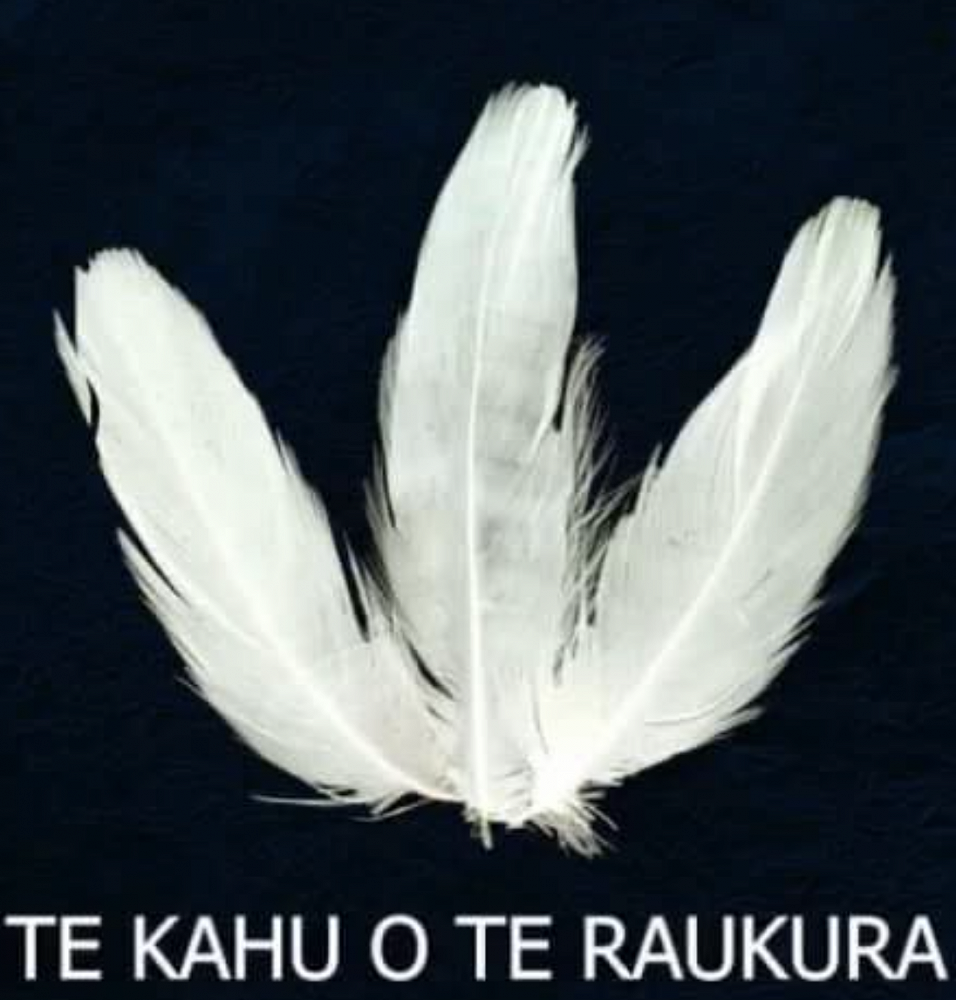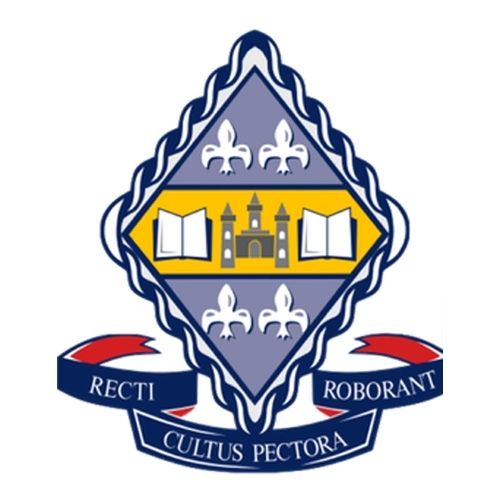
Whānau Māori Pānui
He Tohu Aroha
Tēnā koutou katoa,
Those of you with sharp eyes may have seen our tumuaki, Mrs Davidson, wearing a lasercut acrylic pendant
in the shape of a feather. This was gifted to her by her family.
The symbol of the feather has deep significance for mana whenua here, Kāi Tahu whānui, and for their Taranaki relations.
It recalls the metaphor used by the prophets Te Whiti o Rongomai and Tohu Kākahi, who were forcibly brought to Dunedin by the Government of the 1880s in an attempt to convince them of the superior powers and technology of the colonisers. This was ironic, as their village Parihaka had already incorporated technology such as electricity when major centres were without it.
Their people had suffered forcible removal by troops from their ancestral lands so that the Government could sell them to raise funds to cover the expenses of the civil war. Houses were looted and burnt to the ground, crops destroyed and women violated.
Despite imprisonment without trial of members of their peaceful community, Te Whiti and Tohu continued to preach their message of passive resistance in the face of terrible odds.
The feather of the albatross, renowned as a chiefly bird, bound the two peoples of Kāi Tahu and Taranaki together. It was said that an albatross from the south had settled on one of the main marae in the village of Parihaka, dropping a single feather. This was seen as a sign by the people there. Te Raukura became a sign of compassion, hope and unity.
Te Whiti and Tohu’s most famous words were taken from a verse in the Bible; and are still used in karakia and song. They are often heard in our school.
“Kororia ki te Atua, maungarongo ki te whenua, he whakaaro pai ki ngā tāngata katoa”
“Glory to God, peace on Earth and goodwill to all people”
Recently, their words and message of nonviolence were invoked by Te Ati Awa, whose mana whenua encompasses Parliament grounds, an ancient marae site. Students in our reo Māori classes watched the Te Ao Māori news item as tohunga of Taranaki whānui ki te Upoko o te Ika addressed the protestors in dignified unity from the marae ātea of Pipitea, expressing their disappointment with the disrespectful manner in which the mana of the whenua, the moana and the people of the place had been trampled.
They drew a metaphorical cloak of peace and protection, Te Kahu Raukura, over their traditional lands in their allusion to the albatross plume of downy breast feathers. This was the symbol of Te Whiti and Tohu’s movement, and it continues to be recognised and revered today.
Within our school grounds stands a quiet but strong memorial to the Taranaki prisoners of Parihaka and Pakakohi, who were put to hard labour far from home and family, with some clearing and levelling the ground where our school would stand.
The Raukura reminds us of honourable leadership and a commitment to finding a peaceful way of coexistence. It is fitting indeed that our principal wears the feather. He tohu rangatira, he rau aroha.
Heoi anō, kāti rā mō tēnei wā. Noho ora mai tātou katoa.
You can read more about the Raukura here https://www.pnbst.maori.nz/our-vision/feather/
The video that our students viewed is here https://www.teaomaori.news/te-kahu-o-te-raukura--call-protection-and-peace-wellington
